An increasing amount of companies are realizing the benefits of the coworking movement. Retreats are a big part of the changes taking place in the workplace, and offer a welcome opportunity for both newcomers and experienced players to get away from their everyday routine. The majority of people imagine these retreats to be on tropical islands, yet as the concept has spread rapidly, there are now getaways being offered in more off the grid areas.
In Mokrin, a village in the the province Vojvodina Serbia, a new coworking retreat will be launching this year, offering workers the chance to explore the idyllic Serbian landscape while also gaining exposure to potential local and international collaborations. We spoke with Ivan Brkljac, project leader of Mokrin House about what their latest project offers to nomadic workers.
Hi Ivan, can you please tell us a bit about the project and what inspired you to start Mokrin House?
I am the project leader of Mokrin House, which is an urban coworking retreat in a rural part of Serbia. We offer an ideal place to get away from the large city chaos and focus on your work. Even though Mokrin House is in the remote countryside, you will feel anything but isolated. We offer the chance to connect with like-minded people, such as other digital professionals who enjoy a work-life balance at a rustic pace.
What would a typical day at Mokrin look like?
Imagine your day like this: A morning jog through the fields, giving you energy to then focus on your work or current projects. For lunch, you will have a healthy home-cooked meal prepared for you at the estate. After some more work, you have the option of going on a bike ride into the village, or a swim in the pool (best in summertime) or even just relaxing with coworkers, over a glass of wine on the porch. That’s how we envision our coworking retreat.
How long have you been in operation and did you face challenges when introducing your space to the public?
The estate has been in operation since 2012, however, most of the activities to take place there so far, have been corporate and large enterprises. In addition to these events, we have also had many arts and culture workshops, such as ceramic workshops, concerts, exhibitions, and so on. Today, we are focusing more on the rising coworking movement, as we feel it is a better fit for us.
The coworking retreat will start in the Spring of 2016 and in the beginning, spreading the word has been challenging. But the more we explain the concept to the people, the more they become interested. In fact, several reservations for the spring launch have already been made.
Most of the coworking activity is located in Belgrade, what could you offer to those who are unfamiliar with rural parts of Serbia?
Belgrade has a vibrant startup and freelancing community buzzing with new ideas and projects. However like all large cities, living and working there has its downsides. Traffic jams, lack of parking, air pollution, and higher prices are just some of the difficulties that you might encounter. On the upside, Belgrade has great nightlife scene, a lot of cultural events, interesting young people and much more. What we offer in Mokrin House is not opposite of what Belgrade or other large European cities offer, in fact, we consider our space to be complimentary to urban environments.

Ivan Brkljac, Mokrin House
All of us sometimes need to get away from the noise and crowd and just restart ourselves, and there is no better way to focus on your work than changing your environment, especially one that is designed to to boost your productivity during your “work” time and ensure maximum relaxation during “after work” hours.
In Serbia, many of the rural areas have faced economic hardship. Do you think that offering a space where people can create and also stay for an extended period of time will help revitalise rural regions? If so, why? Have you already seen any positive signs?
There are several positive effects a coworking space in the rural area has to the local community. First, and most apparent is the positive economic impact. We hire several people from the local village as staff and these jobs wouldn’t exist without the space. Also, most people who stop by Mokrin house, usually purchase some of the local produce, such as excellent cheese or homemade rakija. Apart from the sheer economic benefits, the local community is always invited to take part in educational and cultural workshops and seminars, which has unmeasurable nonmaterial benefits.
Are there any government/state initiatives that have helped you grow and develop? If you were to make such a partnership how would you define your added value?
No. We have not worked with any government bodies and at the moment we are not really considering these types of partnerships.
What types of services/perks do you offer and what kinds of people do you typically attract?
The most important thing we offer is an ideal work environment. Everything else, from cooking classes, pottery classes, healthy homemade food, afternoon bike rides, mulled wine, to swimming in an eco-friendly pool comes as an extra perk. People who are attracted by the idea of Mokrin House are the ones who cherish the work-life balance and who understand how important it to travel, change working environments and meeting new, creative people.
Do you have any plans to expand/make changes/ add-ons to cater to a certain group?
Our expansion plans depend on the markets readiness to adopt this new concept. Our final vision is to revitalise an entire rural village of Mokrin, by making it the biggest and the most diverse coworking village in the world with Mokrin House in its centre.
As a space operator, what are some of the key changes needed in your community? What do people need to improve their professional lives, and how can your space offer this?
As a space operator, I need to make sure that all the coworkers are living the experience that they expect. The spring of 2016 will be the first time that we focus solely on coworking, so we will consider the many changes needed to be made in order to fulfil everybody’s needs.
You were at Coworking Europe this year. Was it your first time, and what were you looking to gain from the experience? Was there some good input you were able to take away and apply to your own projects?
This was my first European Coworking Conference, and surely not the last. The conference gave me a chance to get to know many people who are on the same path as Mokrin house. Two things left the biggest impression on me. The first one was the statistics that have showed how fast the coworking movement is expanding, confirming that we are on the right track. The second thing that was very noticeable that almost none of the coworking spaces have an identical model. Every space is different and unique, showing that the industry understands that each community is different and requires different things.

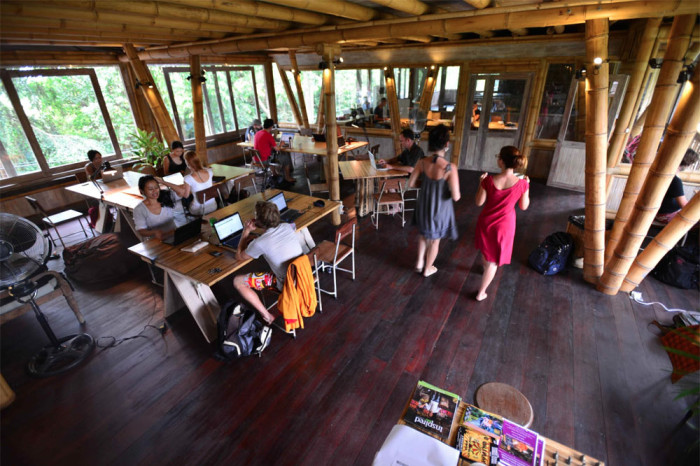

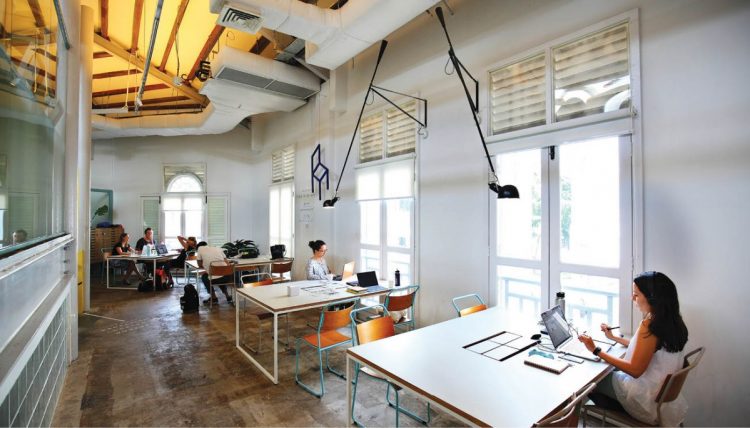

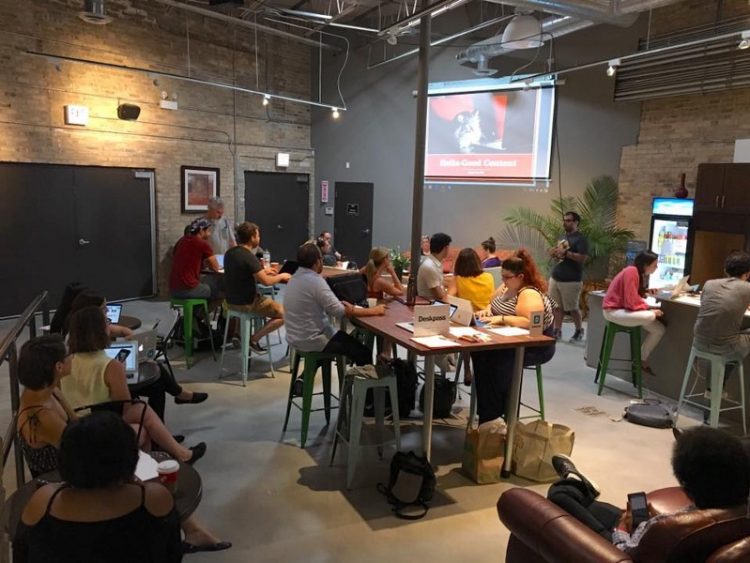



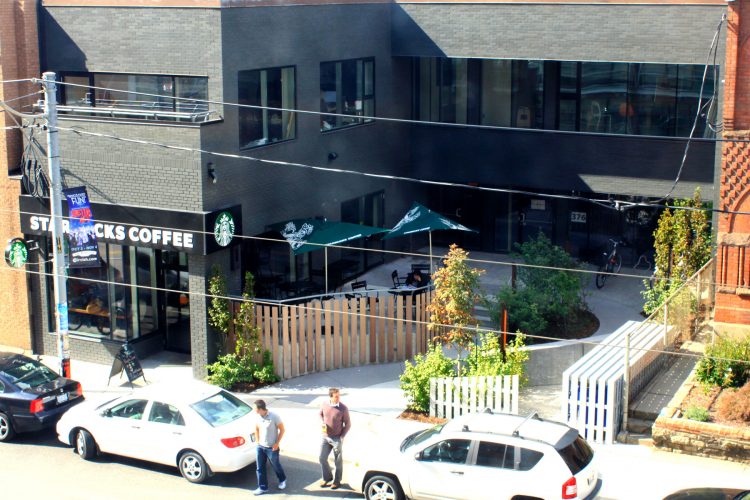



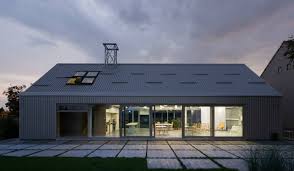







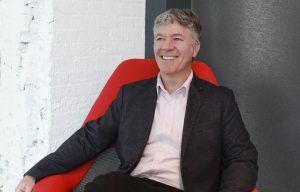
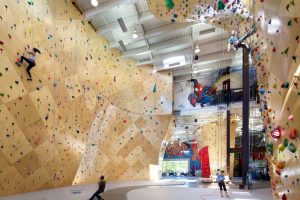
Recent Comments